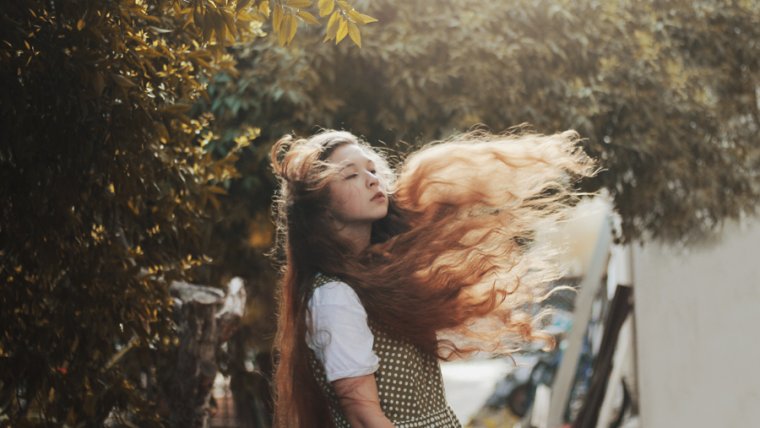
(Though this article mainly focuses on portrait photography, almost all of the following tips can be used by other types of photographers, too.)
Outdoor photos can often end up looking dull and uninteresting. To avoid that, it’s important to seek nature, come up with stories which mean something to you as an artist, and be cunning when it comes to challenging lighting conditions. Like anything in the art world, outdoor photography requires curiosity, sharp observation skills, and patience. These three elements will enable you to take better photos outside, no matter what (or who) your subject is.
Here are ways in which your outdoor portraits can thrive.
It’s no surprise that humans, when given a chance to spend time in a tranquil place, feel warmth and acceptance in their natural surroundings. Even a small park at the very center of a bustling city can serve as a refuge for many. Signs of nature in any location create both hope and admiration – reflecting that in your photographs will give your work an air of familiarity. If you feel that your photographs are too simple, find a peaceful area brimming with nature and shoot there. Allow your subjects to gracefully blend in with nature and let your creativity do the rest. For example, branches can be great blurred foregrounds, and flowers in the form of bokeh can add vibrancy to a photo. No matter how insignificant a detail seems to be, challenge yourself by attempting to use it in your photograph. You’ll be surprised to notice what a tremendous difference simply adding an element can make. Sometimes, the things that are ignored by most people are the things which deserve our attention the most.
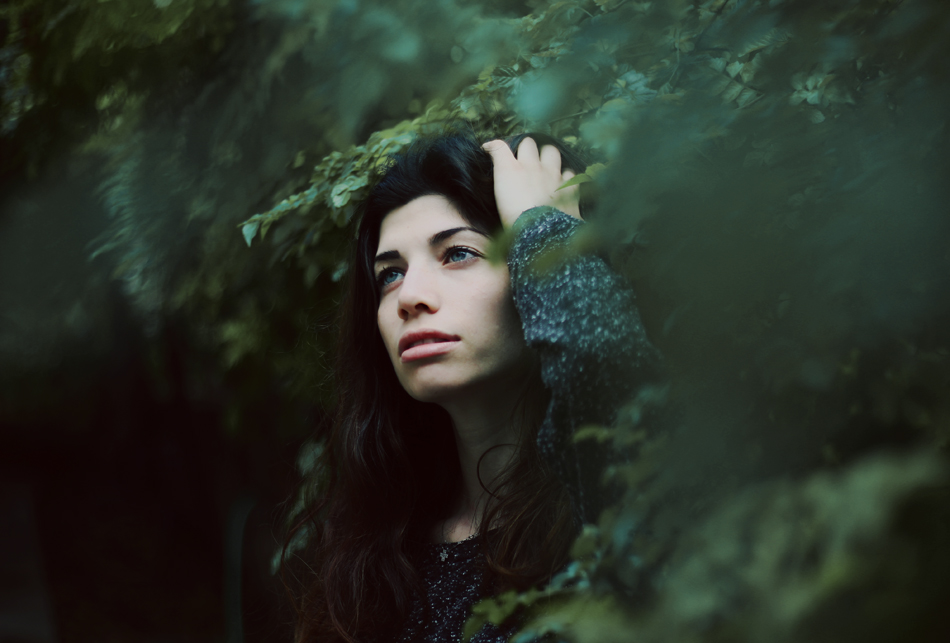
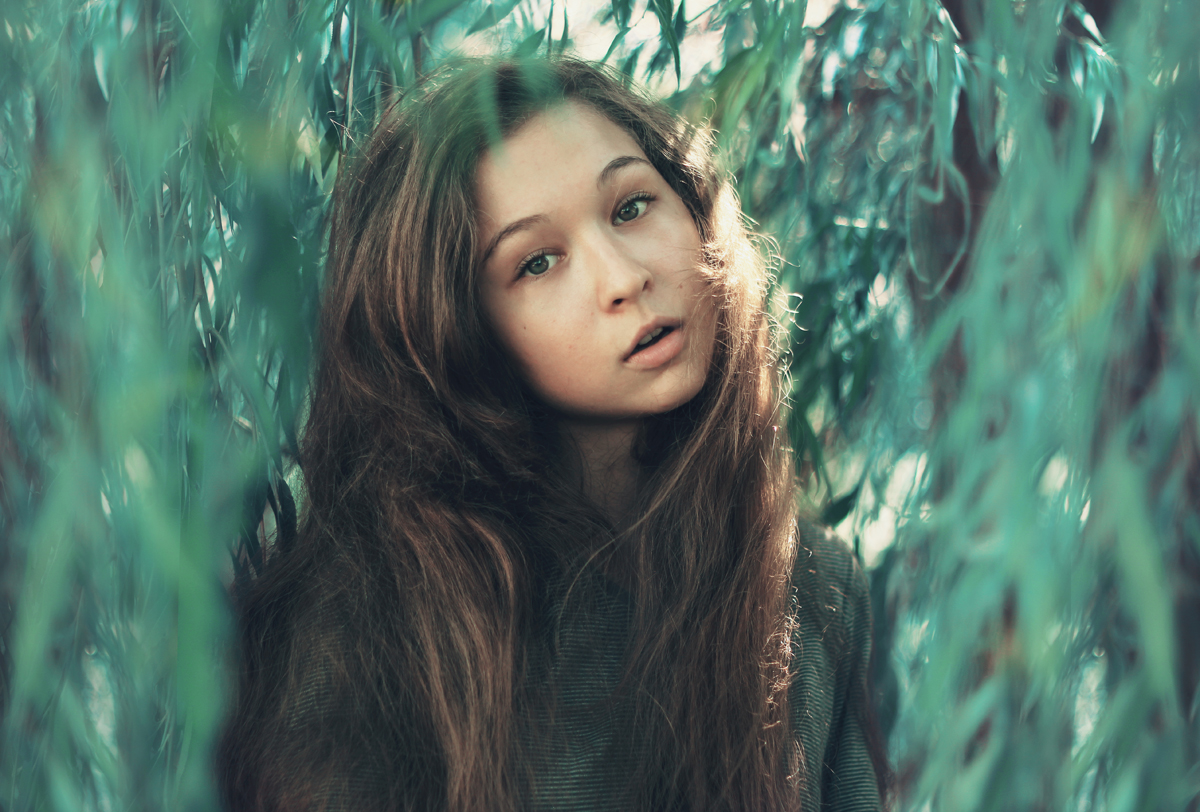
If portrait photography is new to you, try experimenting with soft natural light first. In the warmer months, golden hour is your best creative friend; its light will make any photograph stand out. It addition to being the perfect backlight, golden-light will illuminate your subject’s face beautifully, making it easier to enhance your results during the editing process.
If you’re willing to experiment a little more fearlessly, work with artificial light at night. Nighttime light is very flattering when it directly hits half of a subject’s face. In addition to being visually appealing, this composition creates mystery and originality. Add a few more elements to it, like a mysterious foreground or a freelensing technique, and you’ll discover an exciting world of creative possibilities. Most importantly, don’t be afraid of experimenting with light – if used properly, it will reflect your ideas in the best possible way.
If you find the lighting conditions unfavorable on a very sunny day, take photos in the shade. Nature is ideal when it comes to blocking harsh sunlight or creating interesting light patterns. If it’s a gloomy day, create your own light or use a reflector – even mild reflected light can add an attractive glow to your subject’s face. If, however, a shoot doesn’t go as planned, don’t be afraid of trying over and over again. You’ll achieve your desired results sooner or later.
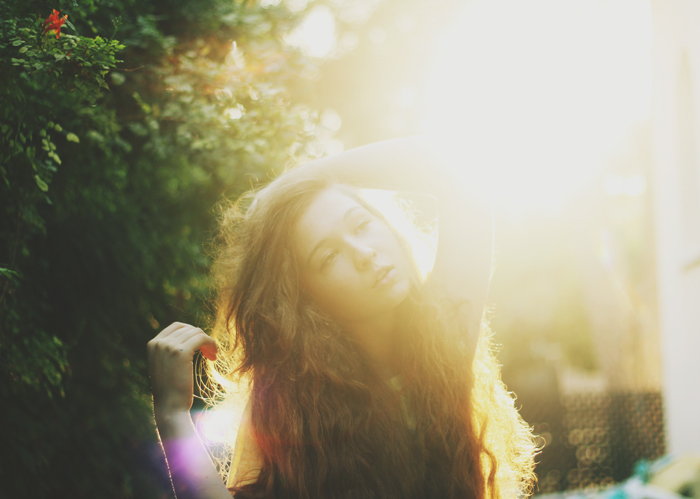
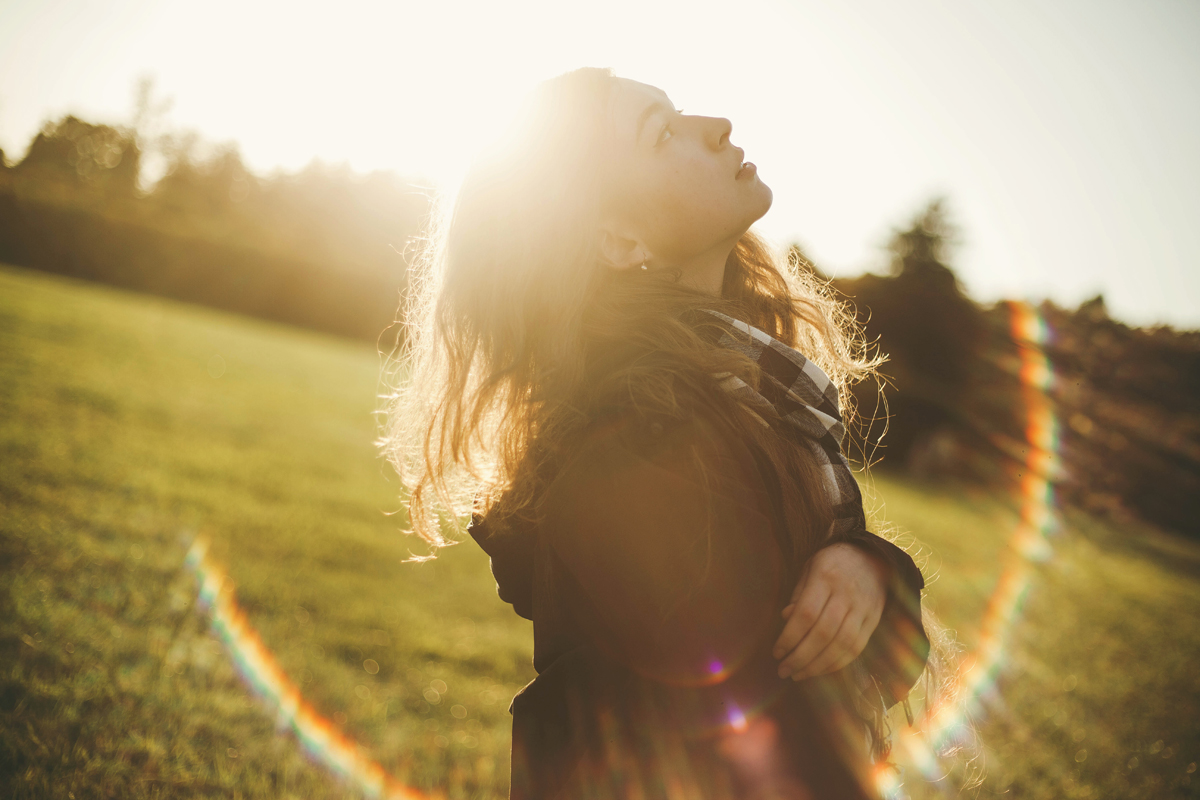
The outside world is perfect for storytelling. While homely photos are ideal for creating cozy feelings in the viewer’s heart, images taken outdoors are wonderful for telling more elaborate stories. Photos taken in a busy crowd could reflect your subject’s fish-out-of-water feelings, while a beautiful field in the countryside could be a terrific opportunity to add a sense of belonging to your photographs. Whichever location you choose to take photos in, you can find a fitting story to keep in mind throughout your shoot.
If, for any reason, you feel you’re running out of ideas, read a book or watch a film before your photo session to give your creativity more resources to work with. There’s an abundance of themes you could work with, from isolation to exhilaration, to fascination, and the list goes on. The outdoor world, filled with unpredictable situations and all kinds of elements, can make those themes come to life. Keep your artistic eyes open at all times, and your mind will soon be filled with all kinds of ideas worth revealing.

Once you become more comfortable with lighting, strengthen your nature-finding skills, and become adept at coming up with photo-related stories, you’ll find your portfolio blooming rapidly. A thorough knowledge of lighting will help you find potential in all kinds of weather situations, while strengthened storytelling skills will allow you to feel more confident as a photographer. These skills will be reflected in your work, making all of your portraits, outdoors or indoors, stunning and full of meaning.
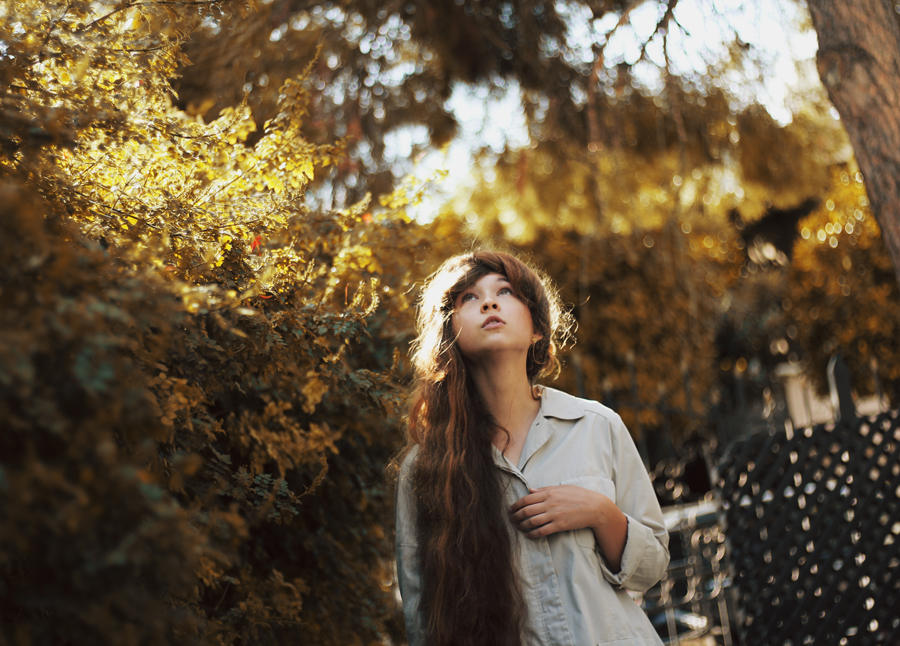
Comments (0)
There are no comments yet.